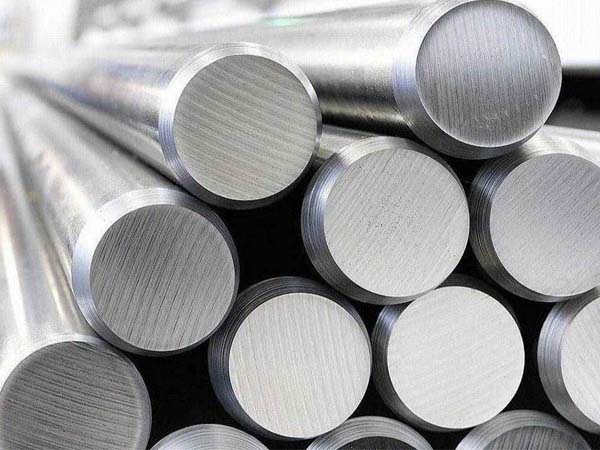





Phone
+86-731-82250427
Address
25th floor, C3 Building, Wanda Plaza, Kaifu District, Changsha, Hunan Province, China.
 May 24 2023
May 24 2023
Steel plate performance:
(1) Low hardenability. Generally speaking, the large quenching diameter of carbon steel is only 10-20 mm.
(2) The strength and yield are relatively low. For example, the σs of ordinary carbon steel Q235 steel is 235MPa, and the σs of low-alloy structural steel 16Mn is more than 360MPa. The σs/σb of 40 steel is only 0.43, which is much lower than that of alloy steel.
(3) Poor tempering stability. Due to poor quenching and tempering stability, a lower quenching and tempering temperature is required to ensure the high strength of carbon steel during the quenching and tempering process, so the toughness of the steel is on the low side; in order to ensure better toughness, at higher temperatures, carbon steel The strength of steel is on the low side. Due to the ambient temperature, the comprehensive mechanical properties of carbon steel are not high.
(4) Cannot meet the requirements of special performance. Carbon steel is often inferior in terms of oxidation resistance, corrosion resistance, heat resistance, low temperature resistance, wear resistance and special electromagnetic properties, and cannot meet the needs of special properties.
(1) Flat steel is rolled with negative deviation, but it is delivered according to actual weight, and the utilization rate is 1 to 5 percentage points higher than that of steel plate.
(2) Flat steel can be produced according to user needs, with fixed thickness, width and length. It can reduce the user's cutting process, reduce the consumption of labor and materials, and can also reduce the processing loss of raw materials and save time.
Steel plate classification:
(1) Classification by thickness: thin plates, with a thickness of no more than 3mm (except electrical steel plates); medium-thick plates, with a thickness of 4-20mm; thick plates, with a thickness of 20-60mm; extra-thick plates, with a thickness greater than 60mm.
(2) Classification by production method: hot-rolled steel plate; cold-rolled steel plate
(3) Classified according to surface characteristics: galvanized sheet (hot-dip galvanized sheet, galvanized sheet); tin-plated sheet; composite sheet; color-coated sheet.
(4) Classification by use: bridge steel plate; boiler steel plate; shipbuilding steel plate; armor steel plate; automobile steel plate; roof steel plate; structural steel plate; electrical steel plate; spring steel plate; heat-resistant steel plate; alloy steel plate and others.
According to the cross-sectional shape, flat steel can be divided into simple steel and complex steel. The former refers to square steel, round steel, angle steel, hexagonal steel, etc., and the latter refers to I-beam, channel steel, steel rail, window frame steel, curved steel, etc.
galvanized steel strip products are mainly used in construction, light industry, automobile, agriculture, animal husbandry and fishery and commerce industries. Among them, the construction industry is mainly used to manufacture anti-corrosion industrial and civil building roof panels, roof grills, etc.; the light industry uses it to manufacture household appliance shells, civil chimneys, kitchen appliances, etc., and the automobile industry is mainly used to manufacture corrosion-resistant parts for cars, etc. ;Agriculture, animal husbandry and fishery are mainly used as food storage and transportation, meat and aquatic products refrigeration processing tools, etc.; commercial use is mainly used as material storage and transportation, packaging tools, etc.
Cold-rolled sheet is the abbreviation of ordinary carbon structural steel cold-rolled sheet, also called cold-rolled sheet, commonly known as cold-rolled sheet, and sometimes it is miswritten as cold-rolled sheet. The cold plate is a hot-rolled strip of ordinary carbon structural steel, which is further cold-rolled into a steel plate with a thickness of less than 4mm. Because rolling at room temperature does not produce scale, the cold plate has good surface quality and high dimensional accuracy. Coupled with annealing treatment, its mechanical properties and process properties are better than hot-rolled thin steel plates. In many fields, especially In the field of home appliance manufacturing, it has gradually replaced hot-rolled steel sheets.
